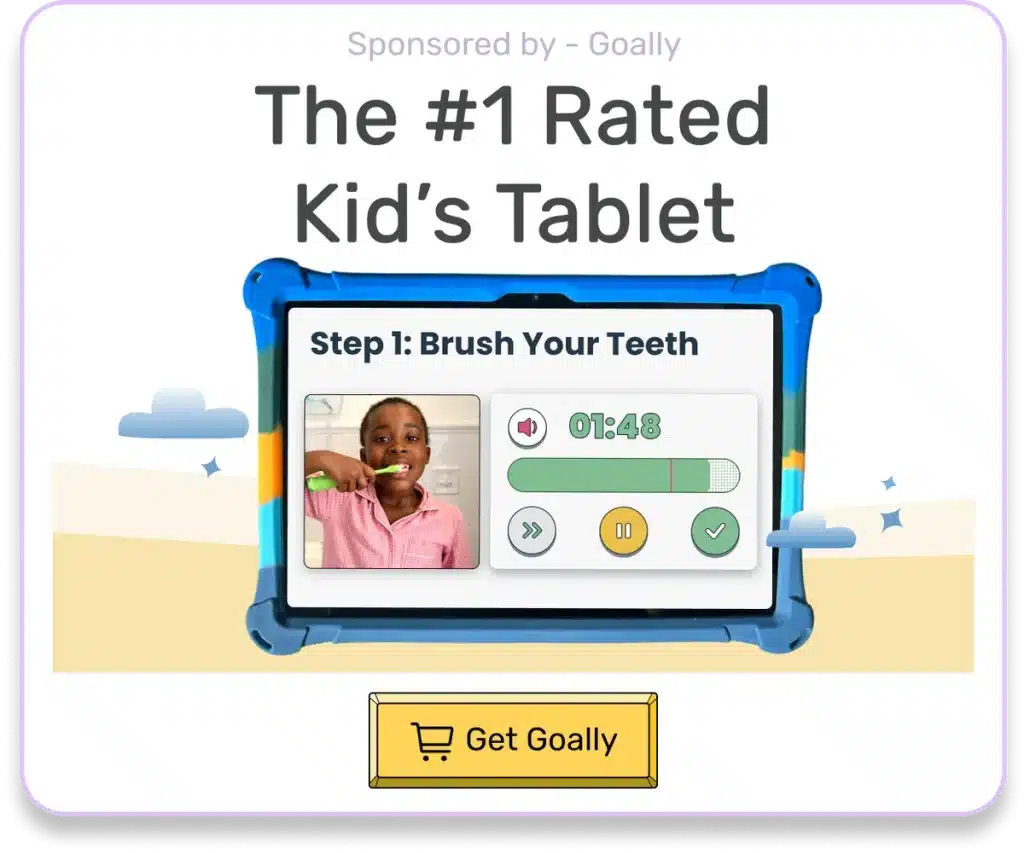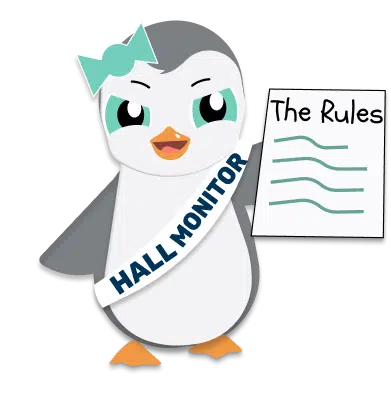Daily behavior charts are an easy way to outline expected behaviors for children. They help both parents and kids track positive behaviors using positive reinforcement. The goal of a behavior chart is to clearly define what positive actions parents want to see their child display more often.
When you’re creating a daily behavior chart for a child, it’s important to keep their abilities and limitations in mind. Focusing on one or two desired behaviors at a time can be more attainable and less overwhelming for some children, especially those who are neurodiverse. It’s also crucial to involve the child in the decision-making process to help them feel more invested and motivated.
There are many different kinds of daily behavior charts to choose from, and it’s important to find one that resonates with the child. For example, if they enjoy coloring, a color behavior chart may be more engaging for them. It’s also a good idea to mix things up and adapt to their changing needs to provide them with a behavior chart that effectively reinforces positive behaviors. Remember, the goal is to create a positive and supportive environment, not a punitive one.
Using a Daily Behavior Chart
As kids get older and achieve goals, you will need to grow with them and adapt your charts and target behaviors to match their development level. Kids will reflect whatever emotions they see parents or teachers expressing when using behavior charts. Remember that patience and positivity are essential to make daily behavior charts more effective.

Read more: Free Printable Behavior Charts for Home
Consistency is necessary to ensure kids get the most out of their behavior chart. Every time they display the targeted behavior, celebrate in the same way. Remember to mark the behavior chart immediately to acknowledge their success. To make sure you can always mark the behavior chart right away, keep it somewhere it will be easily accessible when the child exhibits the targeted behavior.
When you’re using a daily behavior chart, it’s important to make it visible and accessible to the child. For example, if the goal is to have them clean their room independently, try hanging the chart on their bedroom door or the wall next to their bed, so they can see it every day. Similarly, if you want them to feed the family pet, keep the chart near the pet’s food bowl or on the refrigerator, where it’s easily visible.
Sharing the goals of the daily behavior chart with other people in the child’s life can also be helpful. Talk to their teacher, siblings, and other family members about the chart and how they can support the child in reaching their goals. It’s important to stay positive and patient throughout the process, as behavior changes can take time. Remember that nobody’s perfect, and celebrate small successes along the way.

Goally | Apps That Build Behavior & Life Skills for Kids
Want to keep your child motivated while building essential behavior and life skills? Goally’s skill-building tablet is designed to celebrate small wins and help your child grow.
Our Behavior Tracker helps you reward your kiddo for specific skills, like “being kind” or “flushing the toilet.”
By setting clear expectations and rewarding their efforts, you foster a positive environment for your child to flourish in their behavioral skills journey.

Daily behavior charts are a valuable tool for promoting positive behaviors in children. By clearly outlining expectations and using positive reinforcement, behavior charts help parents and kids track progress and create a supportive environment. When creating a behavior chart, consider the child’s abilities and involve them in the decision-making process. Choose a chart that resonates with them and adapt as needed. Stay consistent, celebrate successes, and make the chart visible and accessible. Share the goals with others involved in the child’s life and remember to be patient and positive throughout the journey. With daily behavior charts, small steps lead to big achievements.
This post was originally published on 03/10/2023. It was updated on 06/22/2023.

Goally
We help parents teach their kids life skills, like doing bedtime and morning independently. Backed by science, we incorporate evidence-based practices and expert-informed designs in all of our apps and content.







